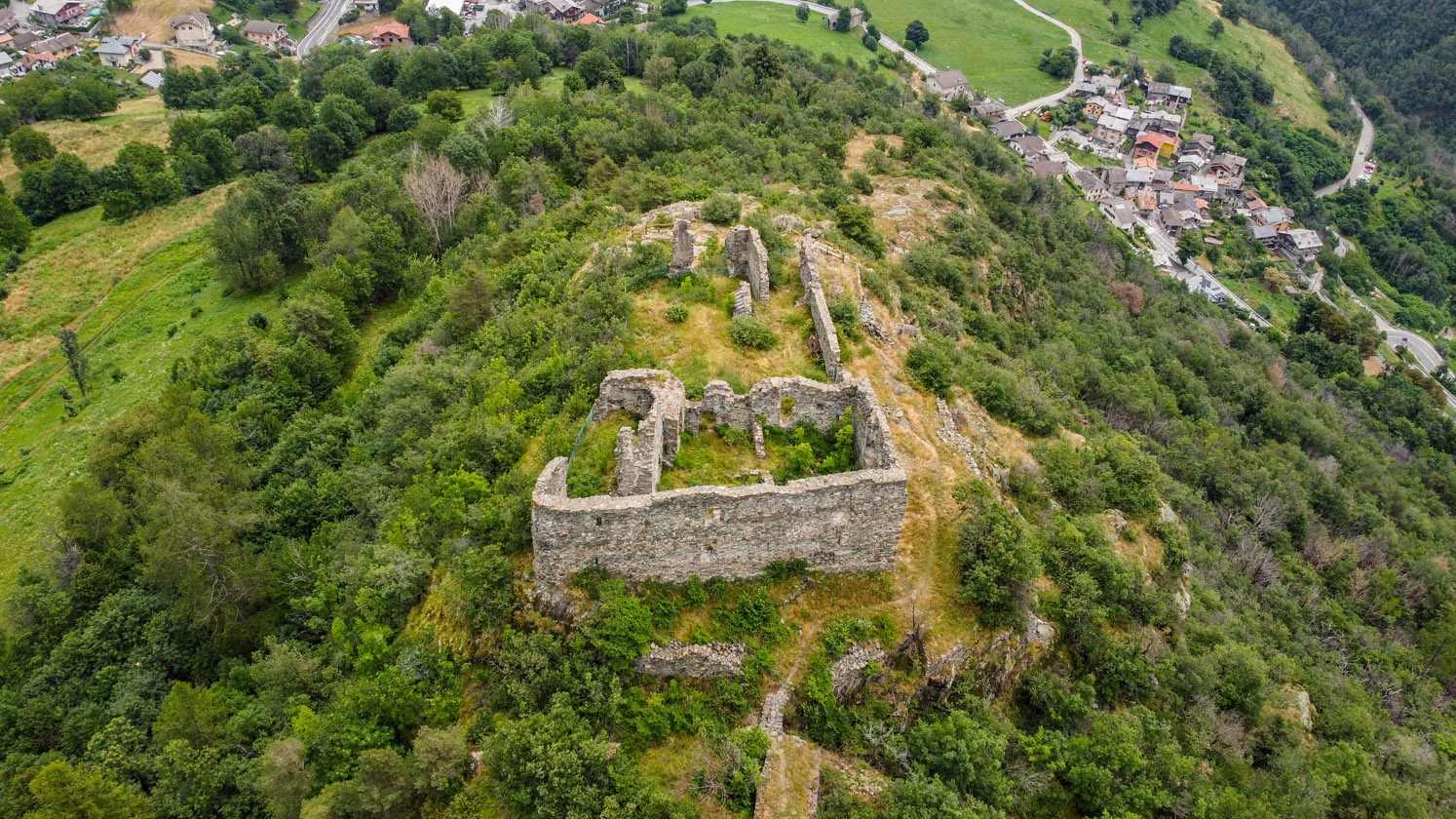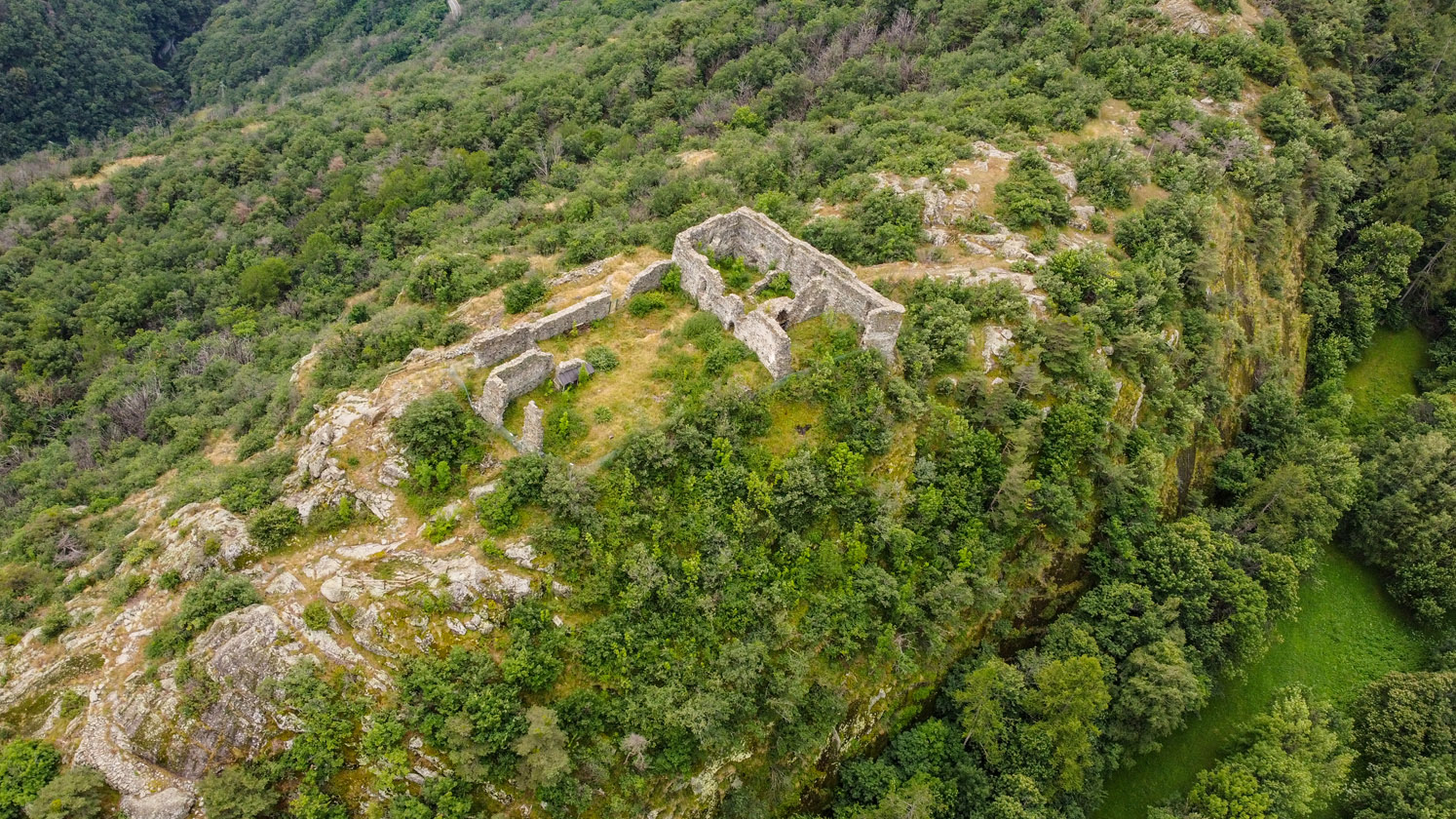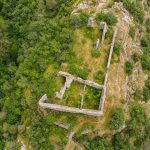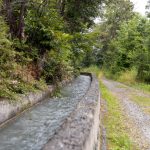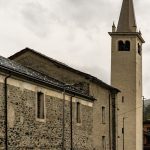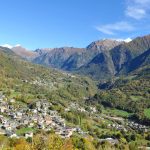
Challand Saint-Victor Villa-Challand Castle
The Castle of Villa-Challand: A Window to the Past in the Ayas Valley Discover the Castle of Villa-Challand, a historic wonder of the Aosta Valley that stands majestically atop a rocky promontory, overlooking the Evançon Valley, better known as the Ayas Valley.
This ruined castle is not only an architectural icon, but also a silent witness of bygone eras, continuing to tell stories of ancient times and medieval strategies.
History and Architecture of Villa-Challand Castle A Historic Promontory The Castle of Villa-Challand, located above the village of Challand-Saint-Victor and not far from Verrès, occupies a strategic position that once allowed it to control the important passage route along the Val d’Ayas.
Its location not only offered defensive advantages but also allowed it to effectively monitor movement along the valley, playing a crucial role in local power dynamics.
A Ruin that Endures Although time has eroded the structure, turning it into a ruin, the castle still retains the charm of its glorious past.
The decaying walls and half-destroyed towers evoke images of a time when the castle was an impenetrable fortress.
These fascinating ruins attract not only historians and architectural enthusiasts but also ordinary visitors who wish to immerse themselves in the region’s medieval history.
Exploring Villa-Challand Castle An Excursion into History Visiting Villa-Challand Castle offers a unique experience, almost a journey back in time.
History buffs can explore the ruins, imagining the daily lives of its medieval inhabitants and the battles these walls saw.
The view from the top of the promontory is spectacular, offering breathtaking views of the Ayas Valley that alone make the visit memorable.
Photography and Contemplation For photographers, the castle offers countless opportunities to capture the contrast between the ancient ruins and the surrounding natural landscape.
In addition, visitors seeking quiet will find the site an ideal place for contemplation and reflection, away from the hustle and bustle of modern life.



Villa-Challand Castle The History
The History of Villa-Challand Castle
Villa-Challand Castle is one of the oldest castles in the entire Aosta Valley.
It played an important role in the history of the noble Aosta Valley family of Challant.
The manor embodies two different building phases: an older one, which refers to the construction of the central donjon, surrounded by an initial wall with a trapezoidal shape.
This was the first Villa Castle, but the year of construction of the original structure is not known exactly.
It is thought to have been built around the 13th century and then underwent several transformations over the centuries.
After a few years, the castle was expanded, starting with the outer defensive apparatus.
In addition, the access path to the manor was also greatly improved.
This second castle structure takes the form of a rectangular building about 23 meters by 30 meters.
The gateway on the south side was defended by a large moat, and a drawbridge provided access to the interior of the ancient manor.
Internally, the castle had a courtyard and a two-story above-ground dwelling house, which has been reduced to ruins for many years now.
Today, the carved stone window frames are no longer visible; in fact, they have been removed one by one.
The Château de Villa-Challand is a ruined castle located on the top of a rocky promontory, overlooking the Evançon valley, i.e., the Val d’Ayas.The castle overlooks the village of Challand-Saint-Victor, a short distance from Verrès and this strategic location allowed it to have full control of the road up the valley. The History of the Castle of Villa-Challand
Villa-Challand Castle is one of the oldest castles in the entire Aosta Valley.
It played an important role in the history of the noble Aosta Valley family of Challant.
The manor embodies two different building phases: an older one, which refers to the construction of the central donjon, surrounded by an initial wall with a trapezoidal shape.
This was the first Villa Castle, but the year of construction of the original structure is not known exactly.
It is thought to have been built around the 13th century and then underwent several transformations over the centuries.
After a few years, the castle was expanded, starting with the outer defensive apparatus.
In addition, the access path to the manor was also greatly improved.
This second castle structure takes the form of a rectangular building about 23 meters by 30 meters.
The gateway on the south side was defended by a large moat, and a drawbridge provided access to the interior of the ancient manor.
Internally, the castle had a courtyard and a two-story above-ground dwelling house, which has been reduced to ruins for many years now.
Today, the carved stone window frames are no longer visible; in fact, they have been removed one by one.

Challand-Art
Challand Art - percorso artistico nel bosco, Strada Regionale 45, Challand-Saint-Victor, AO, Italia

